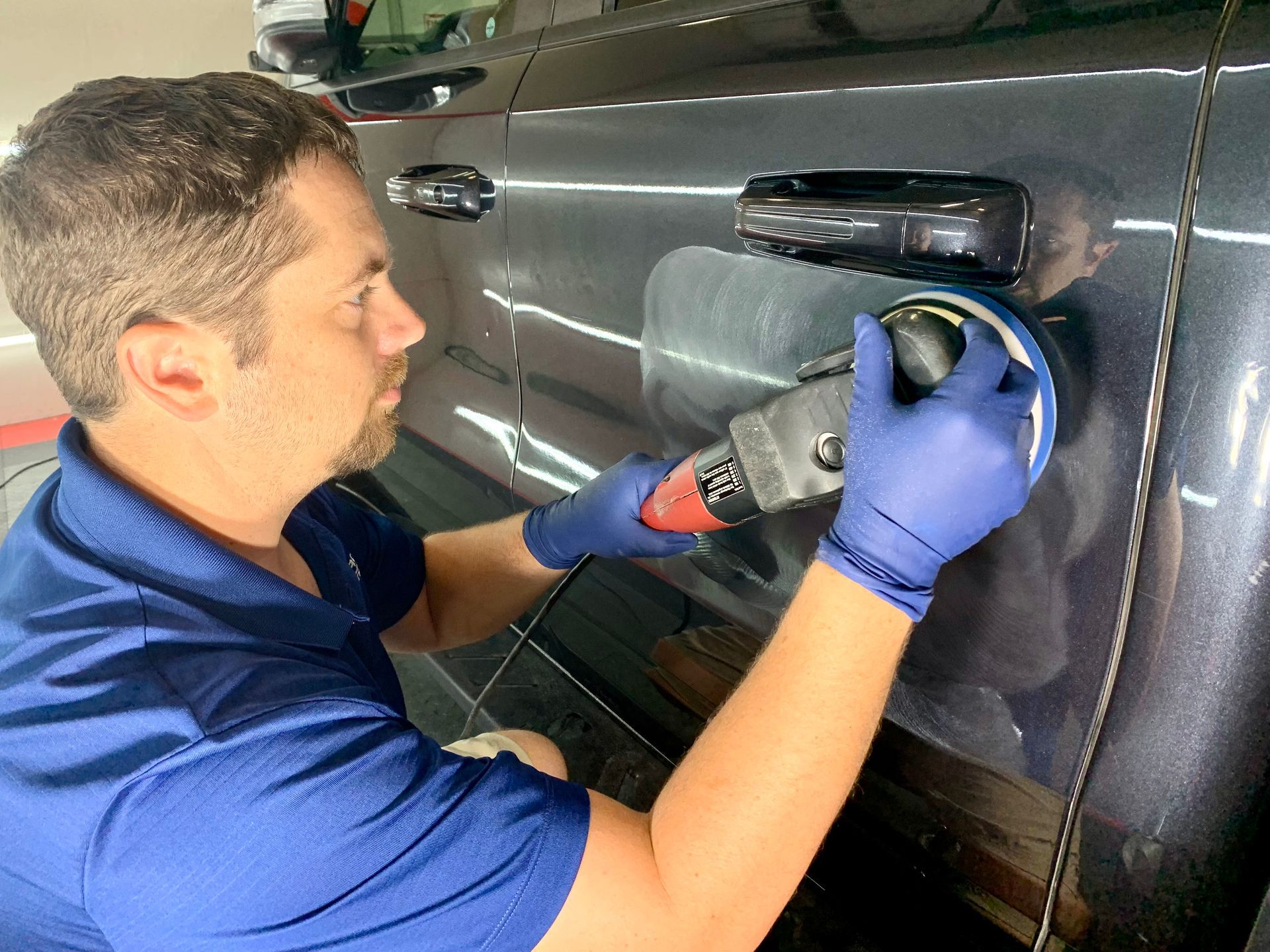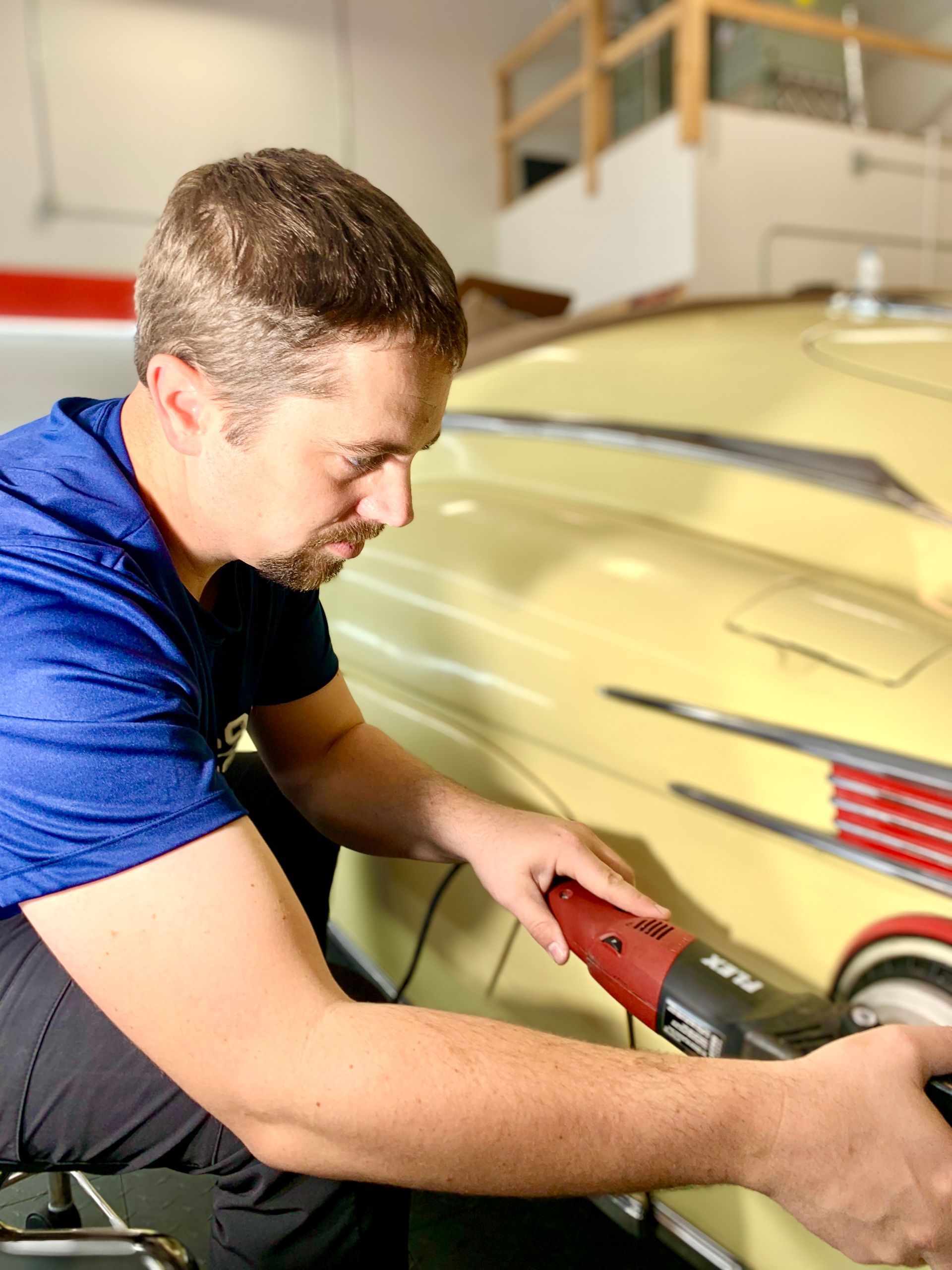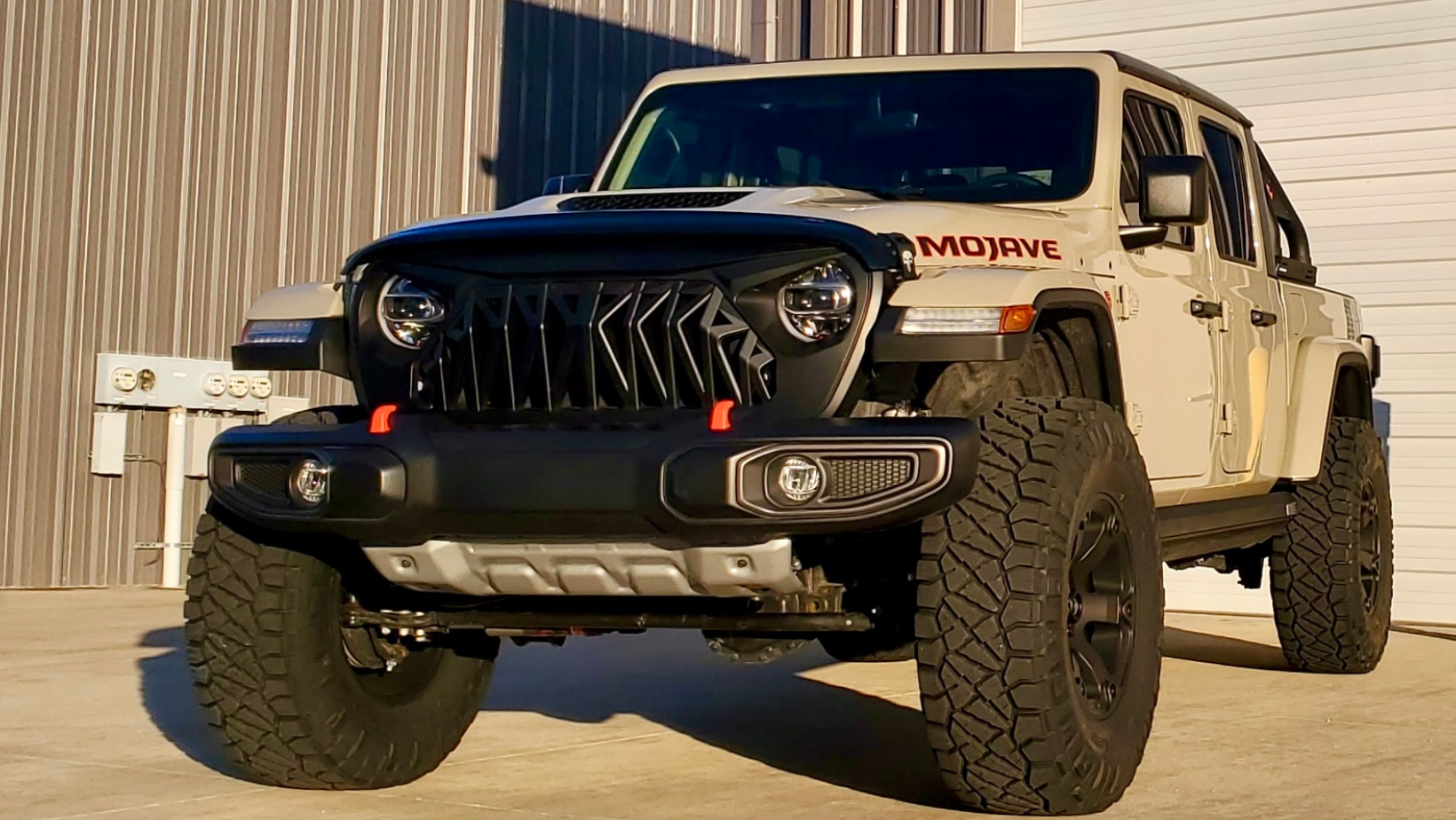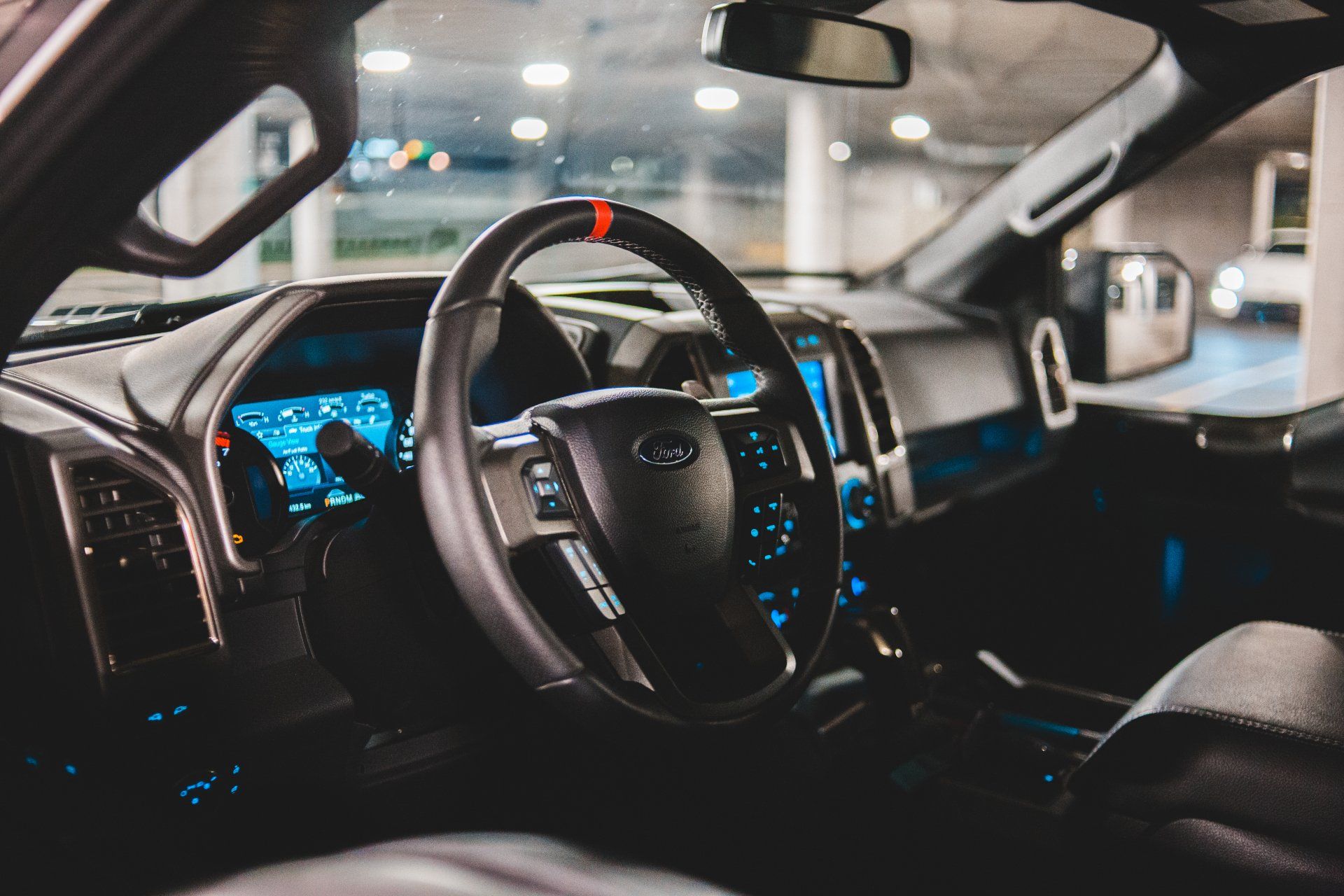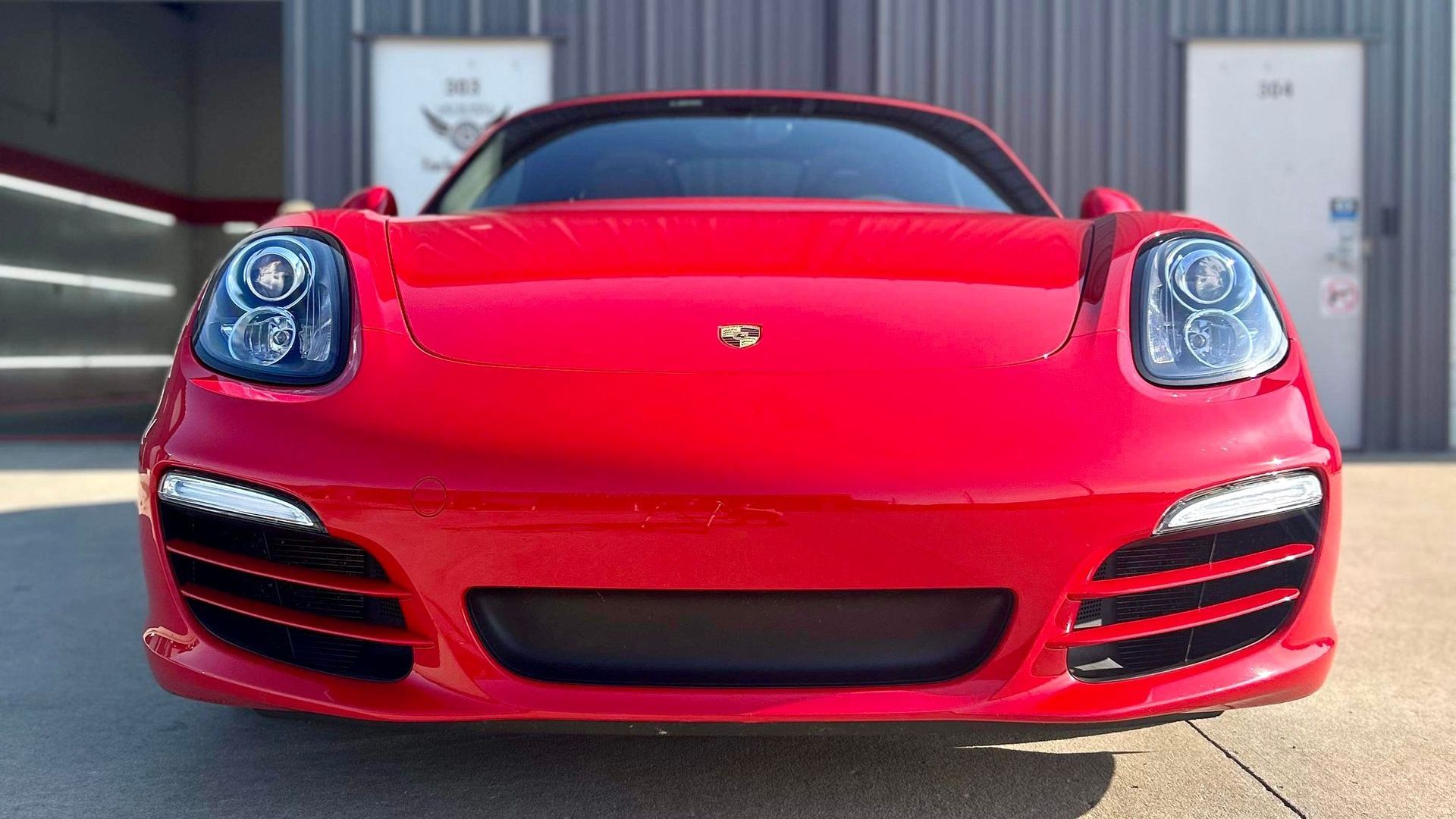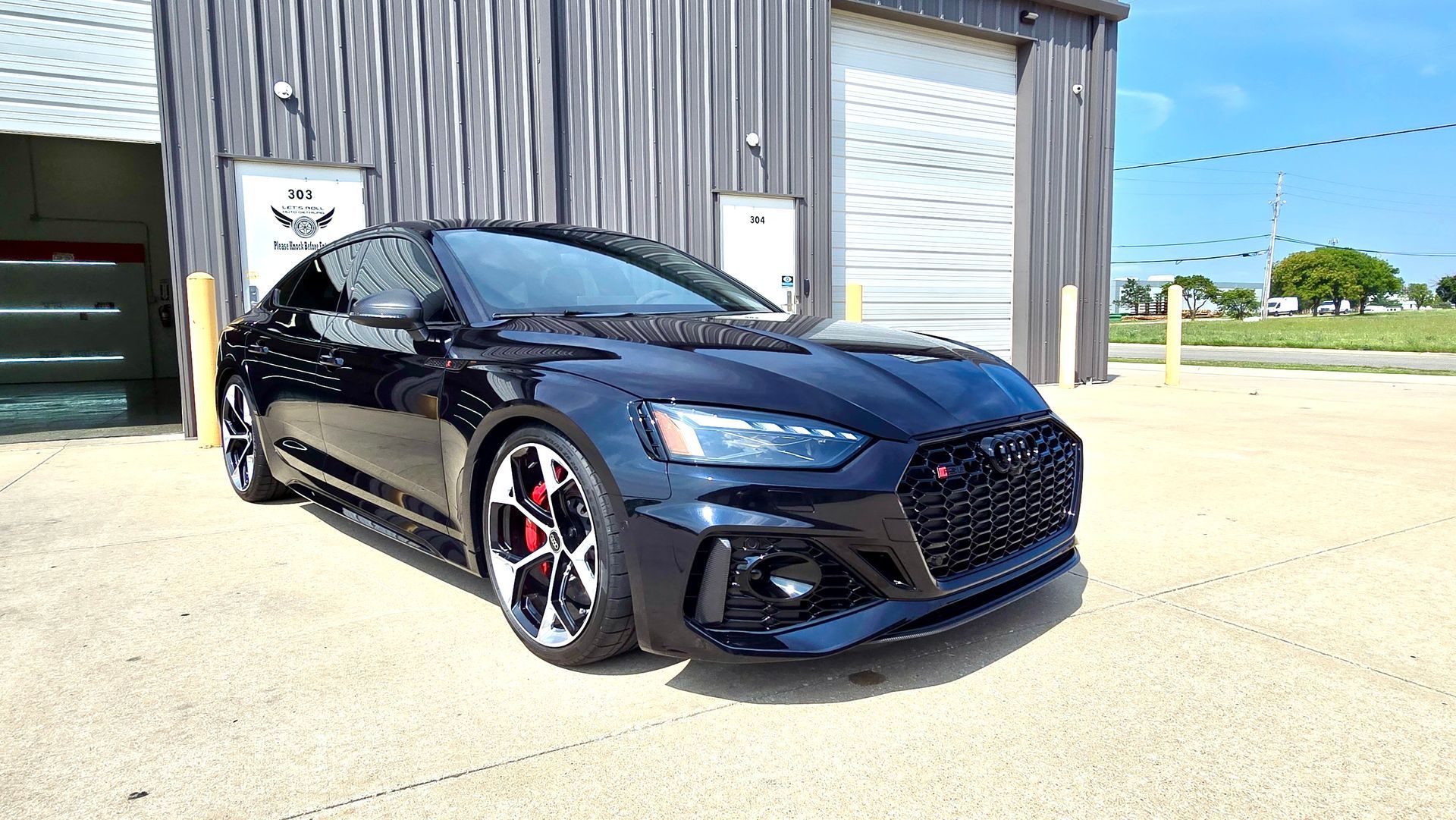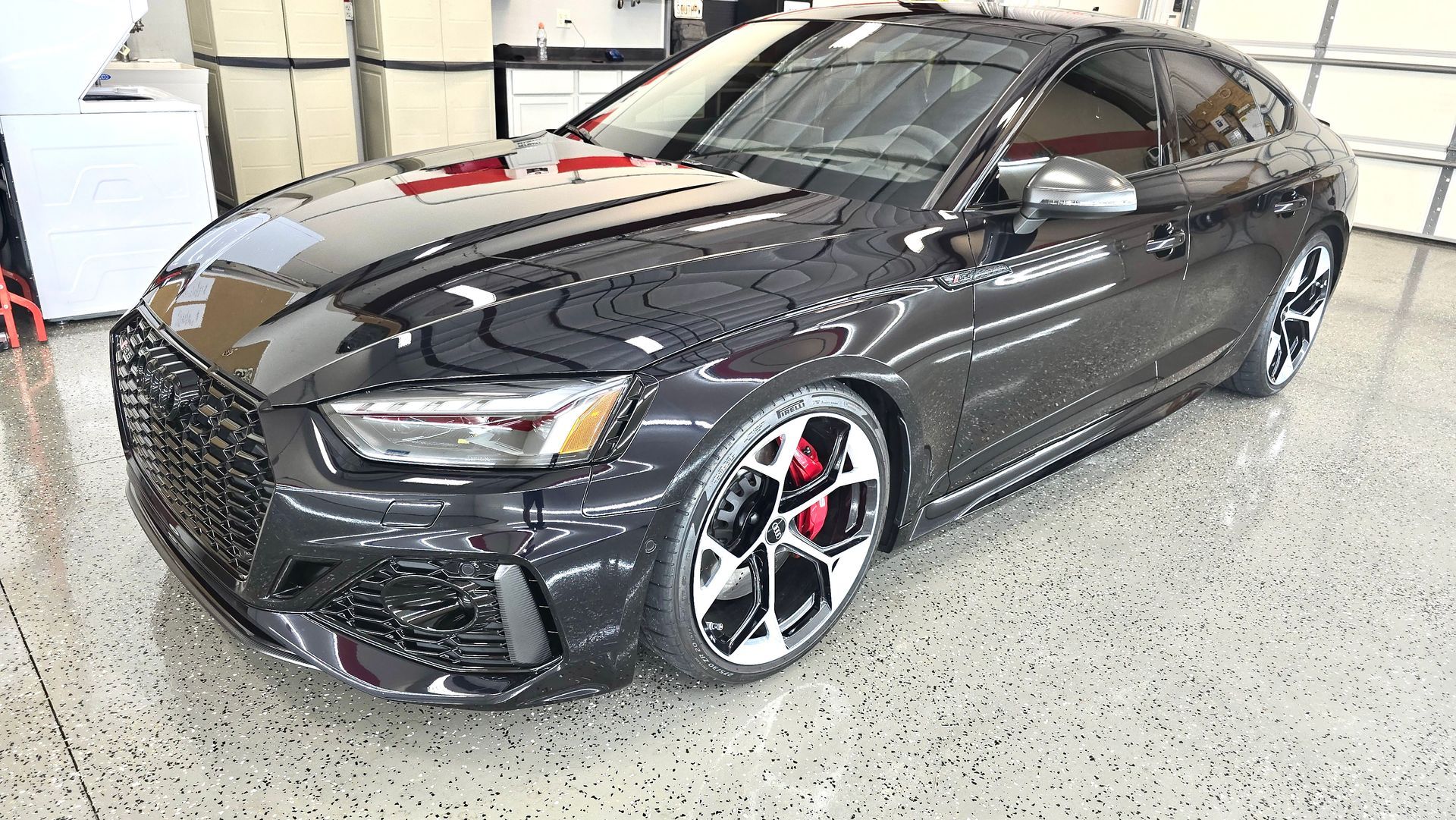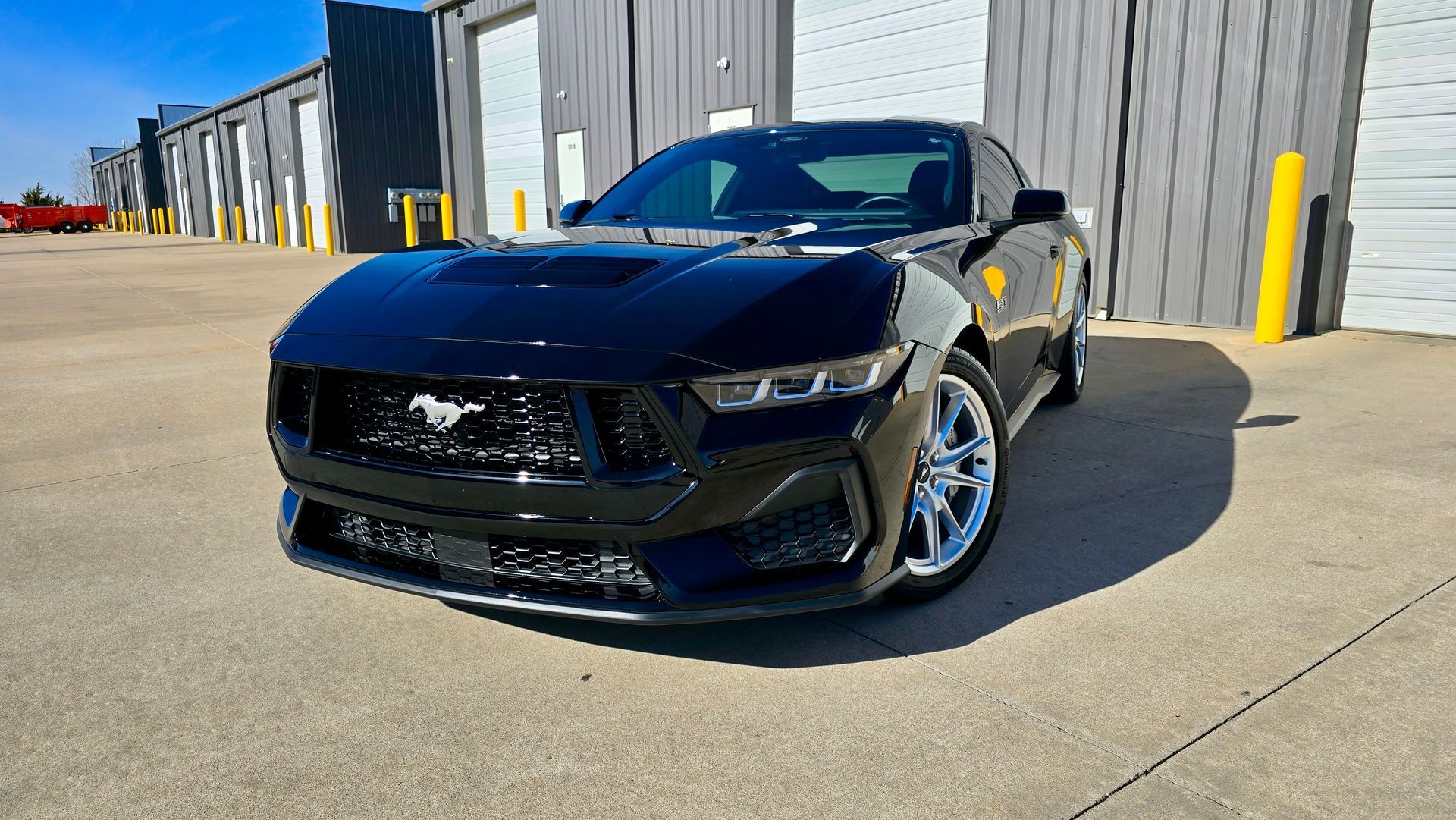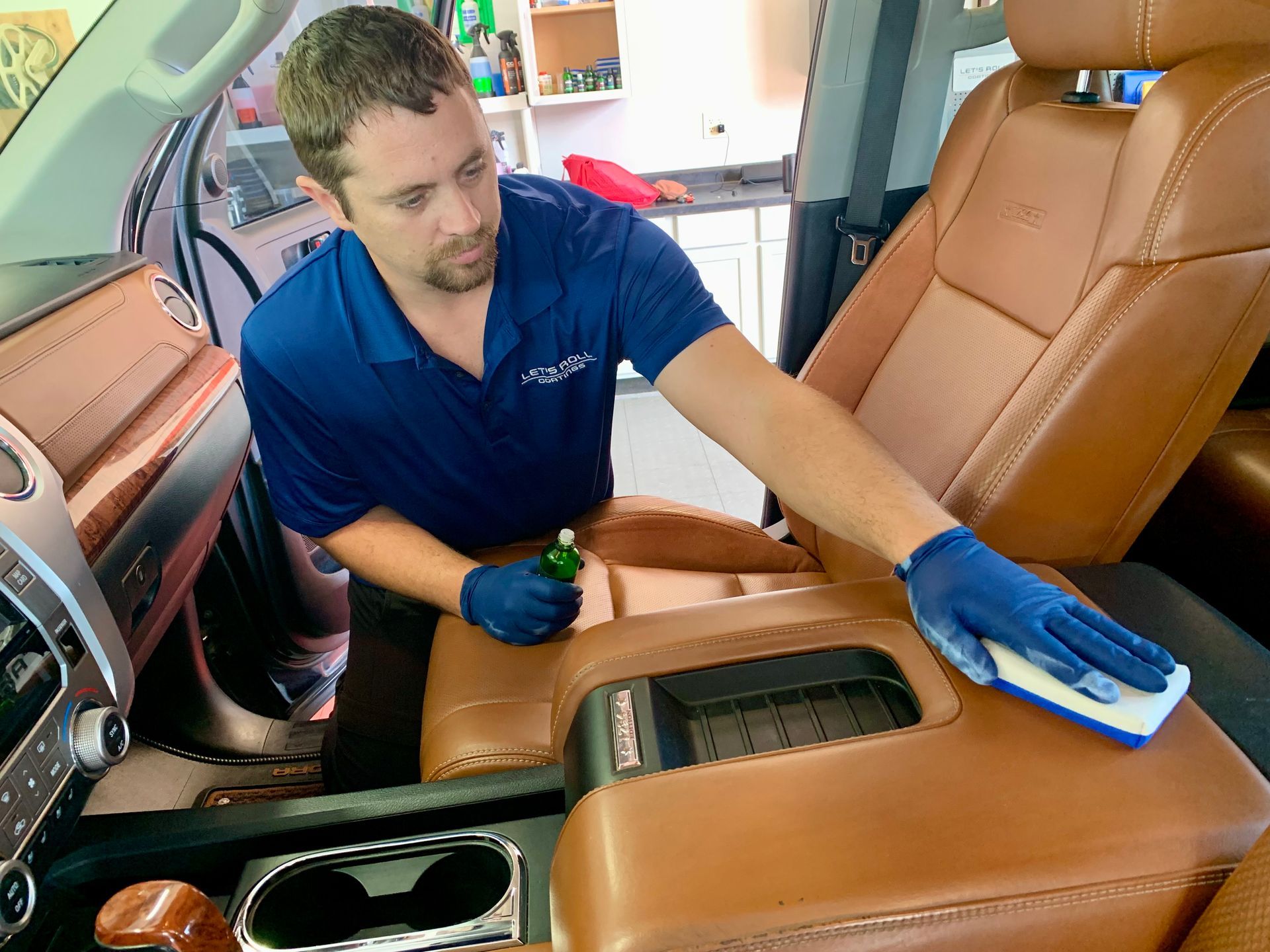Why Your New Car Needs Paint Correction for Optimal Surface Protection in Wichita, KS
When you drive your brand-new car home, it’s easy to assume that the factory finish is flawless—perfect paint, ready to go. However, many new vehicles arrive with subtle defects picked up during manufacturing, shipping, or dealership preparation. From faint swirl marks and buffer trails to environmental fallout and water spots, factory-fresh paint can have imperfections that undermine protection and diminish resale value.
Paint correction isn’t simply about enhancing your car’s appearance—it’s a smart investment that ensures long-term durability and helps retain value. Here’s why paint correction for new cars should be part of your vehicle care routine, starting from day one.
The Reality of "New" Car Paint
If you expect showroom perfection, you’re not alone. But even out-of-the-factory paint can have defects. During mass production, vehicles go through several stages—painting, curing, handling, shipping—where tiny swirl marks and environmental contaminants can sneak in.
Estimates suggest that 70–80% of new cars roll off the lot with minor paint defects. These imperfections include swirl marks and microscopic particles embedded in the clear coat. Without correction, these flaws remain hidden until highlighted by harsh overhead light or outdoor elements.
Once a car leaves the lot, everyday exposure—UV rays, acid rain, bird droppings, brake dust, and road grime—can worsen those flaws, embedding them deeper into the paint. Protective products like ceramic coatings and waxes only bond effectively to a smooth, flawless surface. If defects are left untreated, these products can’t perform at their best, reducing their effectiveness and longevity.
Common Paint Defects in New Vehicles
Here are the most common defects found on new vehicles—and why they matter:
- Swirl Marks
Caused by factory buffing or polishing with abrasive materials, swirl marks create a hazy halo effect under sunlight. These imperfections lower the gloss and make the paint appear dull. - Buffer Trails/Holograms
These linear, reflective marks are often the result of improper polishing with rotary buffers. They are especially common when pre-sale detailing is rushed or not done with the right equipment. - Water Spots
Hard-water minerals left behind after rinsing can etch into the clear coat if not removed immediately. Over time, these water spots degrade the paint and are difficult to remove without professional intervention. - Dust Inclusions
Minute particles from the environment may become embedded in the clear coat during the paint drying process. Once cured, these particles form small raised bumps that trap dirt and degrade the paint’s shine.
These flaws may seem cosmetic, but they can significantly impact the overall appearance of your vehicle. Left untreated, they can also reduce the effectiveness of any protective coatings you apply later.
What Happens Without Paint Correction?
Ignoring paint defects on a new car can lead to more significant issues down the road:
- Ceramic Coatings Fail to Bond Properly
If your car’s surface isn’t smooth, protective coatings won’t adhere properly, leading to premature peeling and diminished UV and chemical resistance. - Minor Marks Become Permanent
Small imperfections, such as swirl marks, can deepen and become more difficult to remove over time. The longer you wait, the more costly and complicated the correction process becomes. - Decreased Resale Value
Potential buyers will spot imperfections on your car’s paint, even if the vehicle is otherwise well-maintained. These flaws can reduce the car’s resale value by up to 15%.
Paint correction prepares your car’s surface for protective products like ceramic coatings, ensuring they perform at their best and last longer.
Understanding the Paint Correction Process
Paint correction is a professional, multi-step service designed to restore and enhance your vehicle’s paint. Here’s how the process works:
1. Inspection
The first step is a thorough inspection. Technicians examine the paint under LED or halogen lighting, often using magnifiers to identify defects. This diagnostic step is critical, as it determines the best polishing approach based on the types, depths, and locations of the defects.
2. Washing and Chemical Decontamination
After inspection, the vehicle undergoes a gentle, pH-neutral wash. Next, a clay bar or chemical decontamination process is used to remove bonded contaminants such as sap, brake dust, and industrial fallout that conventional washing can’t remove.
3. Polishing for Correction
Using a dual-action or rotary polisher, technicians apply the appropriate pads and polishing compounds to eliminate imperfections. Multiple passes with increasingly abrasive polishers are used until defects are minimized, all while preserving the clear coat thickness.
4. Finishing Polish
A fine finishing polish refines the surface, erasing any haze left behind by the previous stages. This enhances the car’s aesthetics and ensures that any protective products applied afterward will bond effectively.
5. Protective Application
Once the surface is smooth and defect-free, a premium protective coating—either ceramic or a high-grade sealant—is applied. These products bond firmly to the surface, offering superior resistance to UV rays, acid rain, road grit, and making the car easier to clean.
Paint correction isn’t just a single polish. It’s a tailored process that guides your car from flawed to flawless, ensuring that any protective finish applied will last longer, look better, and provide superior protection.
Tools & Techniques Trusted by Professionals
Professional detailers rely on advanced tools to ensure quality and safety during the paint correction process:
- Dual-Action Polishers: These are used because they are safe for the paint and effective at removing swirl marks without the risk of burning the paint.
- Rotary Buffers: These are used by experts for deeper imperfections but require careful handling to avoid damaging the paint.
- Wet-Sanding: Ultra-fine grit sandpaper is used to smooth out severe defects, followed by polishing to restore shine.
- Paint Thickness Gauges: These help measure the depth of the paint, ensuring that polishing doesn’t compromise the factory-layer thickness.
- Clay Bars and Chemical Decontamination: These are essential for ensuring a contaminant-free surface, which is vital for even polishing and coating adhesion.
These specialized tools aren’t something to tackle as a DIY project unless you're thoroughly trained. They help deliver superior results, ensuring the paint remains in perfect condition.
Showroom Shine + Increased Longevity
The benefits of professional paint correction extend beyond just improving appearance:
- High Gloss and Depth: The finish becomes sharper, richer, and more reflective, transforming your vehicle’s appearance.
- Improved Coating Performance: A smooth, flawless surface ensures that ceramic coatings or sealants bond better, providing long-lasting protection.
- Resistance to Environmental Wear: Polished surfaces are easier to clean, less prone to staining, and more resilient to oxidation and corrosion.
- Increased Resale Value: Corrected vehicles can command 10–15% higher resale value compared to untreated cars.
- Lower Maintenance Costs: Owners often report needing fewer detailing sessions, saving up to 40% in maintenance costs over the vehicle’s lifetime.
Paint correction can take a good finish and make it great—preserving it for years to come.
Why New Cars Benefit Most
While older cars can benefit from paint correction too, new cars see the greatest long-term gains. Here’s why:
- Factory Defects Interfere with Ceramic Coating Bonding: Untreated vehicles lose about 30% of UV resistance benefits from ceramic coatings.
- Thin Clear Coats: Even though clear coats are typically only 100–150 µm thick, precise polishing removes flaws without compromising paint integrity.
- Preventing Cumulative Damage: Addressing imperfections early prevents them from turning into deeper problems like oxidation and water spot etching.
“Without paint correction, you’re coating over imperfections that will show through,” says Alex, a veteran detailer from PremierCarCare. Getting it right the first time ensures lasting protection.
Real Results: New vs. Corrected
Consider the case of a new Subaru owner who noticed fine swirl marks under direct sunlight. A dealership’s heavy polish had introduced buffer trails, damaging the factory clear coat. After professional paint correction, the finish looked remarkably better. Combined with a ceramic coating, the owner now enjoys greater gloss, easier maintenance, and long-lasting protection.
Such transformations aren’t just cosmetic—they deliver real value, including time saved, pride maintained, and increased resale returns.
How Painful Is It to Skip This Step?
Skipping paint correction can cost more than just money:
- Coatings Fail Prematurely: If applied to imperfect surfaces, coatings won't last as long.
- Polishing Becomes Costlier and Riskier: Swirls deepen over time, making polishing harder and more expensive.
- Resale Value Drops: Imperfections will be noticeable to potential buyers.
- Increased Detailing Frequency: The need for regular detailing increases, draining your time and wallet.
Starting your vehicle’s protection strategy with paint correction is a proactive choice that pays dividends immediately and in the future.
Trust Let’s Roll Coatings to Do It Right
At Let’s Roll Coatings, we understand that our clients are busy professionals, entrepreneurs, and car enthusiasts who demand top-tier results. Our process includes:
- Thorough Inspection: LED-illuminated inspections to identify every flaw.
- Gentle yet Deep Washing and Decontamination: Using clay bars and chemical treatments to create a contaminant-free surface.
- Multi-Stage Polishing: Cutting and finishing polish with both dual-action and rotary tools for a smooth, flawless finish.
- Premium Protective Coating: High-grade ceramic coatings backed by a warranty.
- Expert Advice: Post-service care tips to maintain your car’s finish.
We’re detail-oriented, client-focused, and committed to uninterrupted quality. We don’t just polish your car—we help you maintain it with confidence.
Real-World Benefits: Why You Should Act Now
Many of our clients experience immediate satisfaction after their vehicles undergo paint correction. Not only does the vehicle gain a mirror-like finish, but it also receives significant protection that prolongs its life. With the right care, your car will look brand new for years, and you’ll have peace of mind knowing its finish is safeguarded against harsh conditions.
For example, Mark, a local entrepreneur, was initially skeptical about paint correction for his newly purchased luxury sedan. But once the process was completed, he noticed an immediate difference in the vehicle’s appearance. Over the next few months, he enjoyed fewer maintenance needs, easier cleaning, and noticeable improvements in his car’s ability to repel water and grime. When it was time to sell, Mark received 12% more than the market value of similar cars without correction, proving the investment was worthwhile.
Your Next Step
Instead of letting factory flaws undermine your investment, take proactive action now. Lock in a same-day paint correction and premium ceramic coating with us. You’ll enjoy:
- Showroom-Level Gloss and Clarity
- Long-Lasting Defense Against UV, Acid Rain, and Grime
- A Smoother Finish That Makes Regular Washing a Pleasure
- Increased Resale Potential Down the Line
Call us today at (316) 295-0787 or visit our
website to schedule your vehicle’s initial treatment. Protect your ride and your pride from day one.

